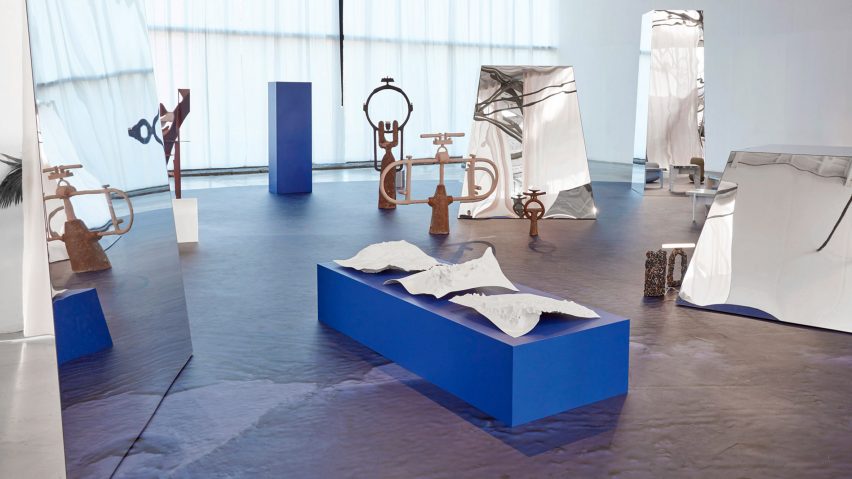
Xandra van der Eijk's installation explores feelings of ecological grief
A series of 3D-printed models of the foot of a receding glacier in Switzerland feature in this installation by Dutch designer Xandra van der Eijk, which examines the notion of ecological grief.
Van der Eijk took three scans of the surface structure at the bottom of a glacier in the Swiss Alps. She then replicated the terrain as models using thin sheets of bioplastic.
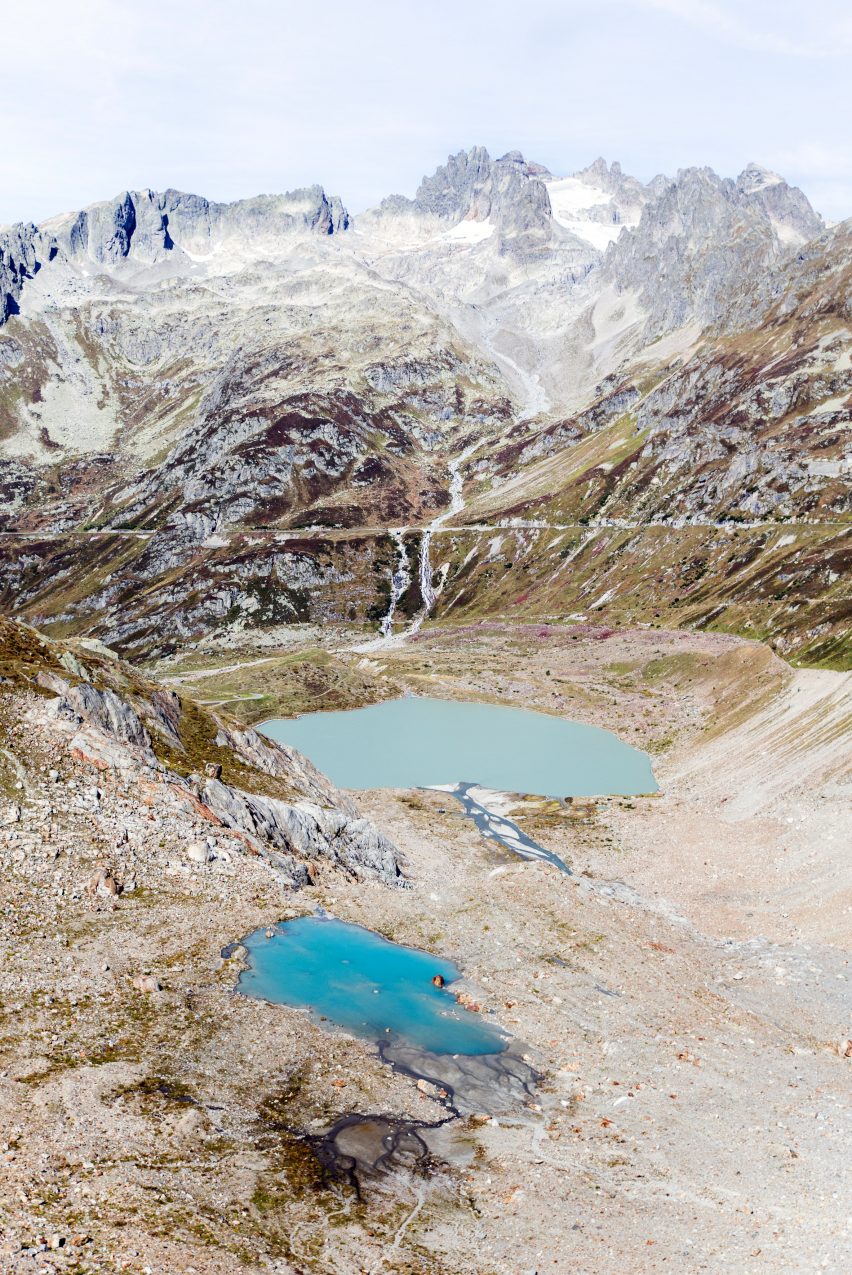
Together with her team, the Dutch designer scanned the glacier using a 3D-scanner attached to a tablet phone. Data was transferred onto a computer using a hotspot directed via her mobile phone.
"The technology though advanced, is still limited, especially in the field with no electricity or wifi," she explained.
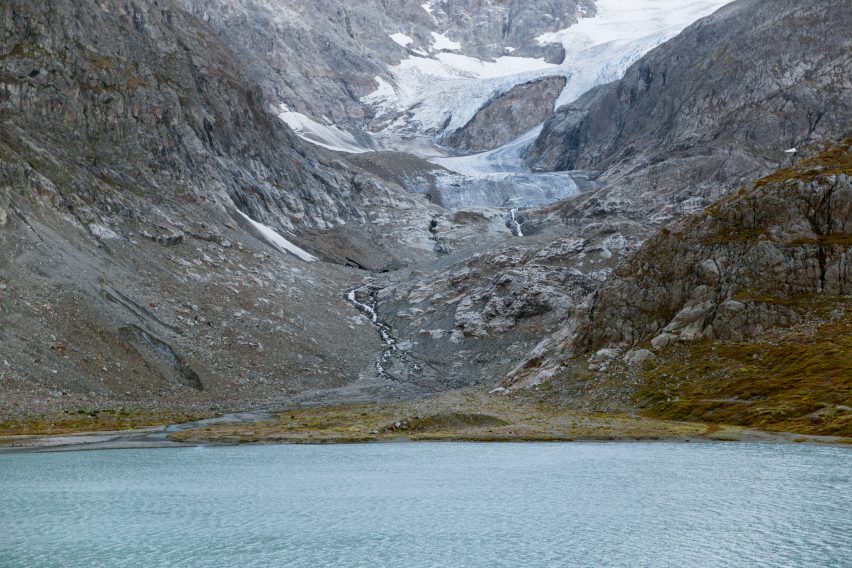
She then worked with an engineer to 3D-print a replica of the hunk of ice – a difficult task given its jagged structure.
Eventually, they printed three large structures from a thin sheet of polylactic acid (PLA) bioplastic. "PLA is very shiny and thereby eerily similar to the actual area that was scanned," she said.
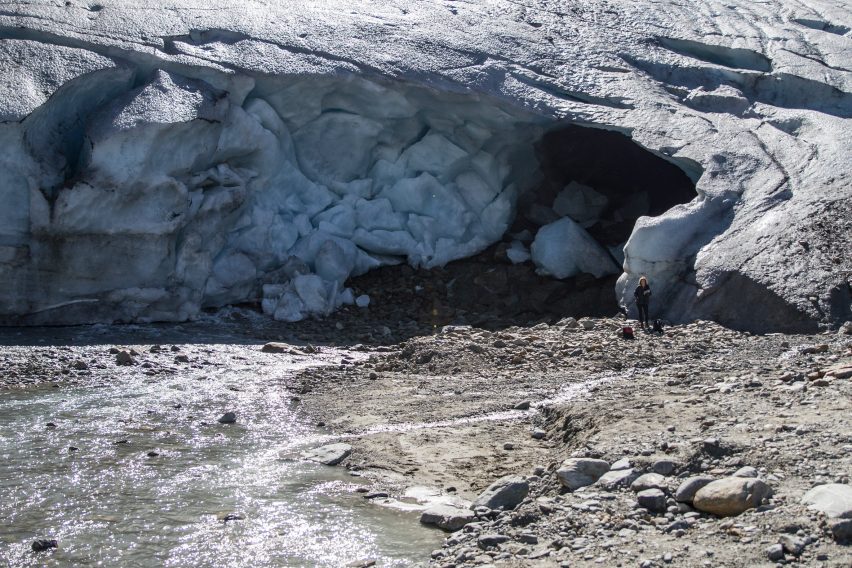
Called Retreat, the installation aims to serve as a visual reminder of the impact of climate change on the world's glaciers and to raise awareness of the phenomenon of ecological grief.
Van der Eijk describes this as the "sadness, anger, and guilt (for being human) about changes in the landscape as the result of climate change".
For Van der Eijk, ecological grief is emblematic of the anthropocene era – a term used to describe the period in which human impact has become the dominant force on the earth's geology.
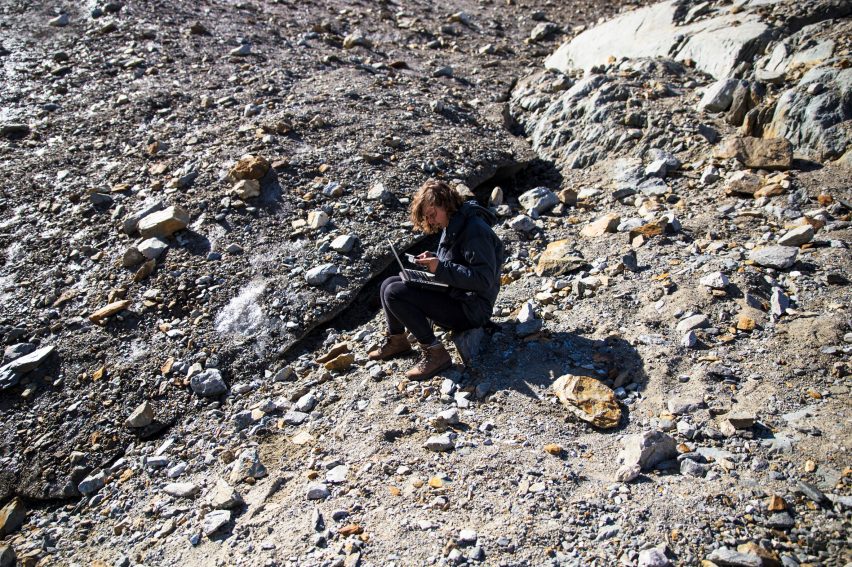
"As the impact of accelerating climate change is slowly revealing itself, we are confronted with how deeply our cultural identity is intertwined with the landscape," Van der Eijk told Dezeen.
"I strongly believe that if more people can identify their emotions about the effects of climate change on the landscape and ecology as ecological grief, it can create a much-needed feeling of solidarity and unity," she said.
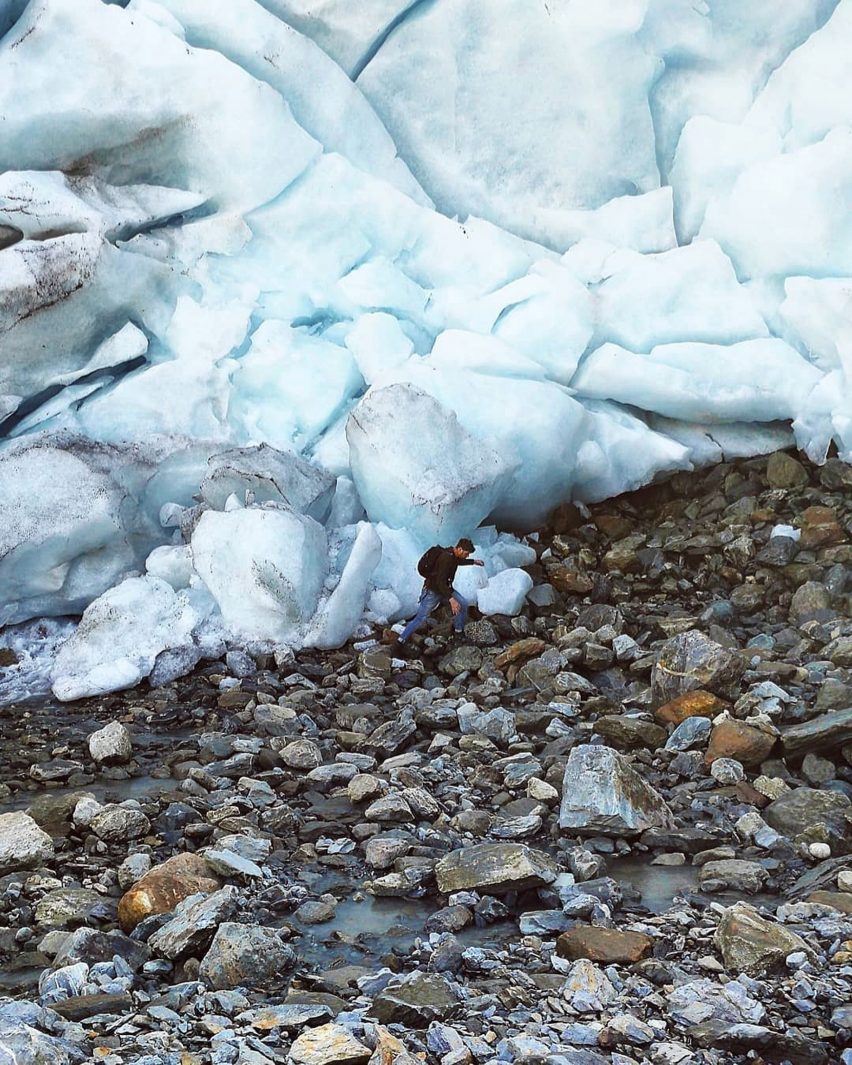
The three models, which are meant to serve as reminders of a part of the landscape that has already melted away, were presented together as an installation at the Dutch Invertuals exhibition at Dutch Design Week.
"Perhaps it will lead to change, or at least it will show us new paths to re-inventing ourselves and our relationship with the environment," she continued.
Van der Eijk chose to focus her project in Switzerland after her research found that the rise in temperature in the Alps is double the global average at two degrees celsius over the last century, and the reduction of ice has been accelerating since 2004.
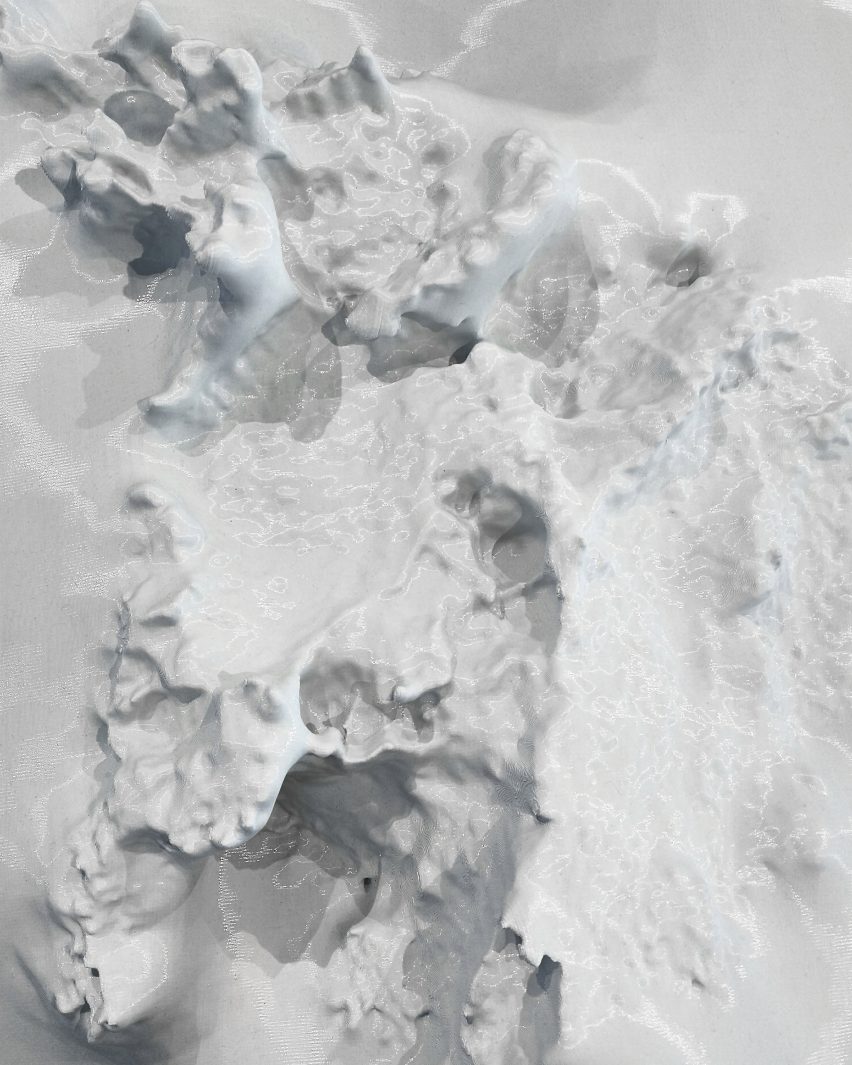
"The disappearance of glaciers will have large repercussions for local life, from a shortage of drinking water to collapsing mountains, from floods to problems with energy supply and cooling nuclear reactors," said Van der Eijk.
"Once, a large part of the Northern continent was covered in glaciers, and they are in a large part responsible for shaping the landscape as we know it, and to which we lend our cultural identity," she explained.
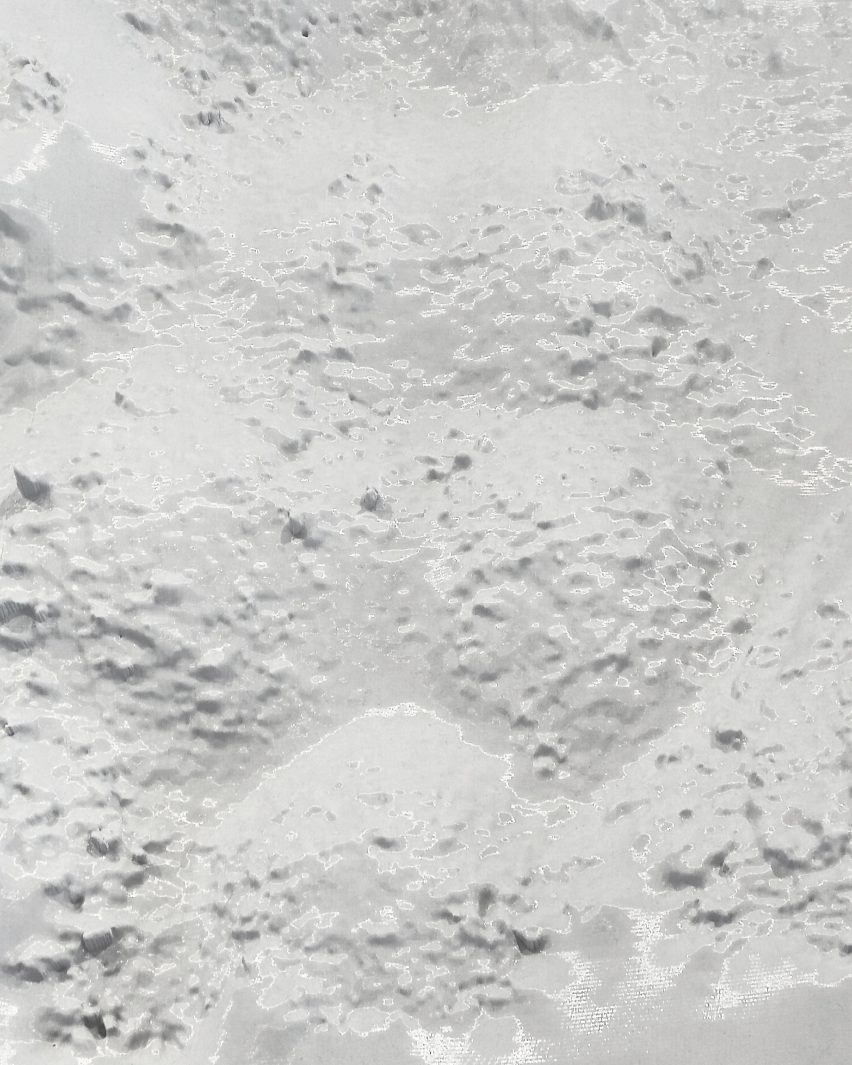
Van der Eijk believes that the act of creating a model of the glacier was in itself a ritual that helped to work through the ecological grief of a changing landscape.
"The journey, the risk, the awe, the act of pushing 3D-scanning and printing to its technological limits, together form a ritual for dealing with ecological grief; the result describing emotional interrelation between man and environment," she explained.
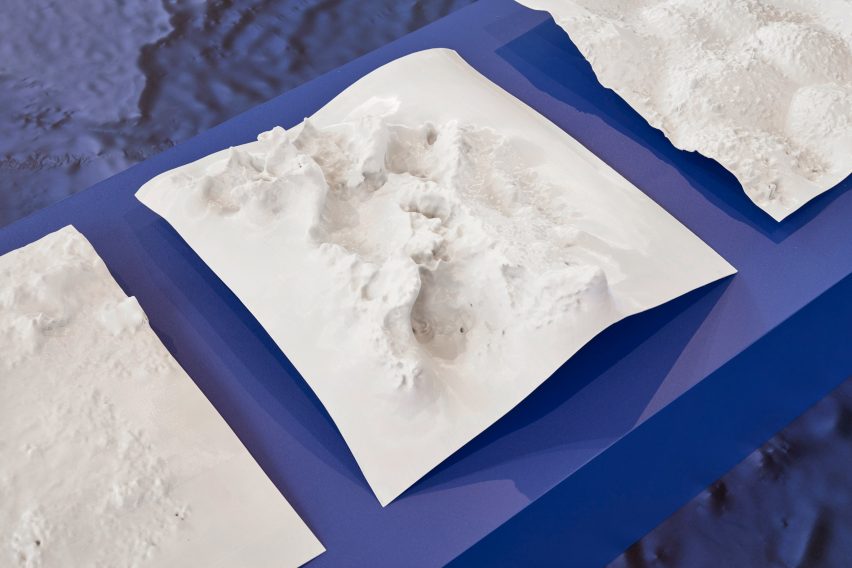
Danish-Icelandic artist Olafur Eliasson similarly explored the effects of climate change on the world's glaciers in an installation that featured 30 blocks of glacial ice, which he extracted from the waters surrounding Greenland and placed in public spaces across London.